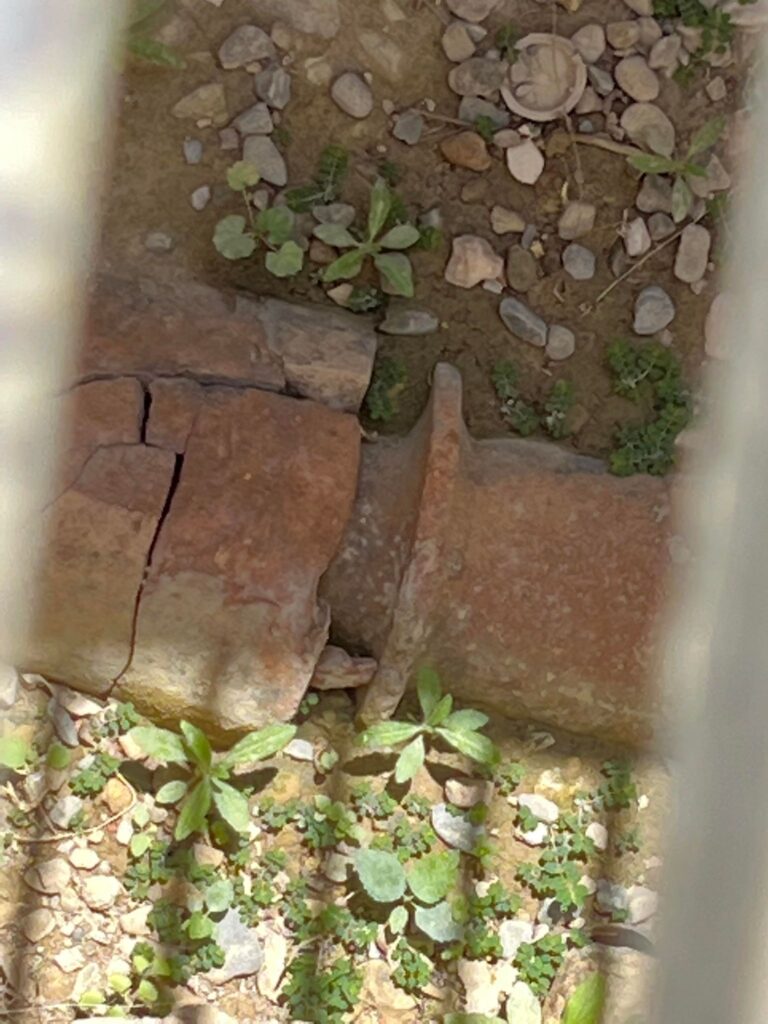Synopsis
As a memorial to Elizabeth II, Em and Jesse discuss famous queens throughout history and mostly in the UK, including drag queens, the borough of Queens, Lady Jane Grey, Mary I, Elizabeth I, Mary II, Anne, Victoria, and Elizabeth II. Also Sophie of Hanover, Wills and Kate, Prince Harry and Meghan, and I think Charlie III a little bit.
Annotations
1/ In retrospect, I don’t know why I referred to royal family-type queens as “regular queens.” There’s way more drag queens in the world. They’re the norm, royal family-type queens are the exception.
Also just to be clear, I love drag but I hate false eyelashes. They look like you are wearing spiders on your face. I still cannot believe they are popular.
Famous residents of Queens: Peter Parker.
2/ Safe to say that Jesse is bearish on the whole commonwealth thing. [Lol! But yes.–Jesse]
3/ Since you might have gathered we were a little baffled by the different types of Crown properties, here is an excellent video explaining the different categories.
4/ Barbados transitioned to a republic in November of 2021. [Yay!–Jesse]
5/ Elizabeth II with James Bond: https://www.youtube.com/watch?v=1AS-dCdYZbo
And a fairly adorable interview with Daniel Craig where he talks about meeting her and the corgis: https://www.youtube.com/watch?v=CGs9GlVZ-s4 [Jesse is definitely very bullish on Daniel Craig.]
6/ Actual speech of Elizabeth I:
We have been persuaded by some that are careful of our safety, to take heed how we commit our selves to armed multitudes, for fear of treachery; but I assure you I do not desire to live to distrust my faithful and loving people. Let tyrants fear. I have always so behaved myself that, under God, I have placed my chiefest strength and safeguard in the loyal hearts and good-will of my subjects; and therefore I am come amongst you, as you see, at this time, not for my recreation and disport, but being resolved, in the midst and heat of the battle, to live and die amongst you all; to lay down for my God, and for my kingdom, and my people, my honour and my blood, even in the dust.
I know I have the body but of a weak and feeble woman; but I have the heart and stomach of a king, and of a king of England too, and think foul scorn that Parma or Spain, or any prince of Europe, should dare to invade the borders of my realm: to which rather than any dishonour shall grow by me, I myself will take up arms, I myself will be your general, judge, and rewarder of every one of your virtues in the field.
I know already, for your forwardness you have deserved rewards and crowns; and We do assure you in the word of a prince, they shall be duly paid you. In the mean time, my lieutenant general shall be in my stead, than whom never prince commanded a more noble or worthy subject; not doubting but by your obedience to my general, by your concord in the camp, and your valour in the field, we shall shortly have a famous victory over those enemies of my God, of my kingdom, and of my people.
See the original document here.
[STANDING APPLAUSE FOR QE1!!!!]
7/ Boudicca (Boadicea) and Margaret will be in the next episode.
8/ If you’re curious about the entire post-1066 royal family, check out this video. (Although CGP Grey makes some assertions that Jesse refutes in this episode and the next.)
9/ About carrots.
10/ co-captains gif here.
11/ Anne had seventeen pregnancies and five live births; none of her children lived to adulthood.
12/ Sophie of Hanover was super cool. George II’s wife, Caroline of Ansbach, was also pretty neat.
Also, if you want to break your brain a little, Queen Anne, Sophie of Hanover, and Louis XIV (the sun king) all died in 1714/1715. Holy cow, what regime change.
13/ I have mentioned the Baroque Cycle before. It’s worth reading if you have a spare year. Delightful epic.
14/ “Even the royal house of Hanover had the wheel, sir.” [Help! The movie, that is. Incredibly colonialist, but in other moments also weird and fun. –Jesse] [As a former Asian scholar I feel weirdly ashamed of this, but I have probably the entirety of it memorized. I definitely have Yellow Submarine memorized.]
15/ It was 1837.
George III had nine sons and six daughters, of whom thirteen lived to adulthood.
16/ Movies about Queen Victoria’s beaux: Mrs. Brown, Victoria and Abdul (probably not a romantic relationship but eh, Dame Judy’s still got it).
17/ Will and Kate and the Bad Photo Op.
Prince Harry as a Nazi. I’m not sure what is more offensive—the uniform, or the fact that someone decided to hold a colonials and natives party?
Protests in Jamacia.
18/ The guy who fought at Waterloo was the Duke of Wellington.
Also, I was wrong—it wasn’t the Duke of Wellington. It was John Churchill, first duke of Marlborough. The second duke of Marlborough was his daughter, Henrietta. This is interesting because it happened a FULL FREAKING CENTURY earlier than Wellington’s victory at Waterloo. To be a duchess in one’s own right in this sense is to be a duchess suo jure. There are a few and a list (probably partial) can be found here.
19/ Historical romance is the best genre, despite the focus on dukes. But I’m more into the late 19th to mid-20th century historicals these days.
Podcast: Play in new window | Download
Subscribe: Spotify |






